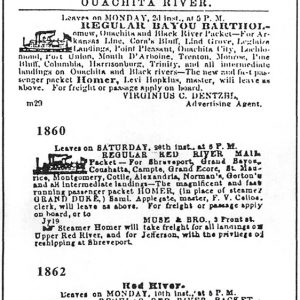 Homer Steamboat Schedule
Homer Steamboat Schedule
Entry Type: Thing
 Homer Steamboat Schedule
Homer Steamboat Schedule
Homestead Act of 1862
 Honey Comb
Honey Comb
 Honeybee, Official State Insect
Honeybee, Official State Insect
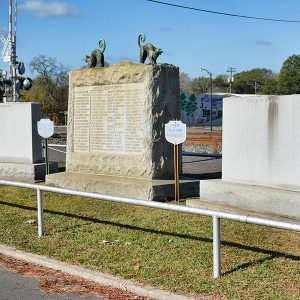 Hoo-Hoo Monument
Hoo-Hoo Monument
Hoo-Hoo Monument
Hookworm Eradication
Hope Girl Scout Little House
 Hope Utilities
Hope Utilities
Horace Estes House
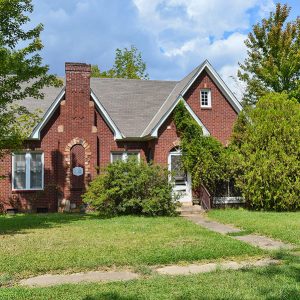 Horace Estes House
Horace Estes House
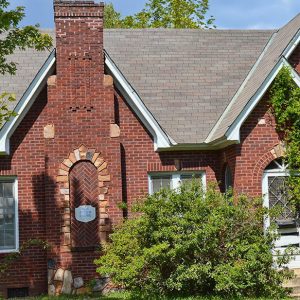 Horace Estes House
Horace Estes House
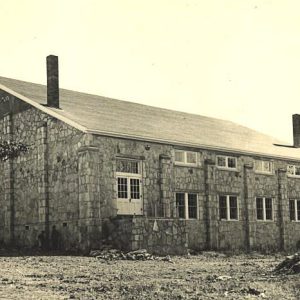 Horace Mann High
Horace Mann High
Horace Mann School Historic District
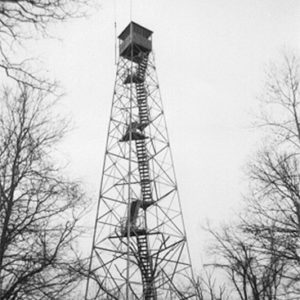 Horn Lookout Tower
Horn Lookout Tower
Hornibrook House
aka: Empress of Little Rock
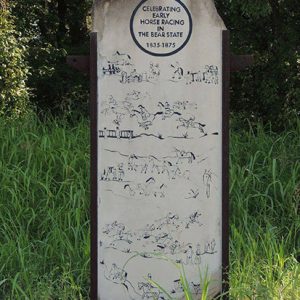 Horse Racing Marker
Horse Racing Marker
 Hospital Steamer
Hospital Steamer
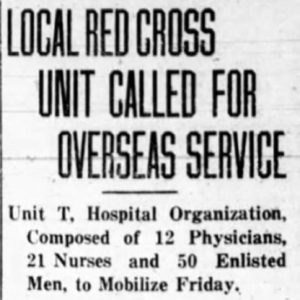 Hospital Unit T Article
Hospital Unit T Article
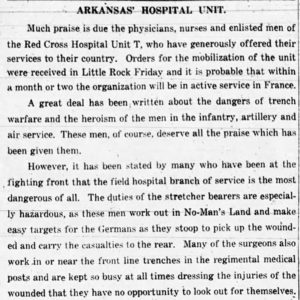 Hospital Unit T Paean
Hospital Unit T Paean
Hospitals (Civil War)
Hot Spring County Courthouse
 Hot Spring County Map
Hot Spring County Map
Hot Spring County Museum
aka: Boyle House
Hot Springs Confederate Monument
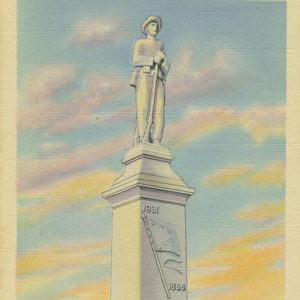 Hot Springs Confederate Monument
Hot Springs Confederate Monument
Hot Springs Country Club
Hot Springs Medical Journal
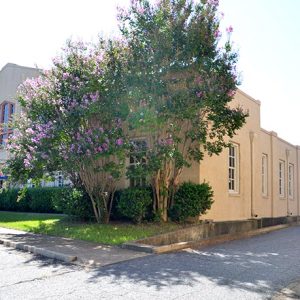 Hot Springs National Guard Armory
Hot Springs National Guard Armory
Hot Springs National Guard Armory
Hot Springs National Park Quarter
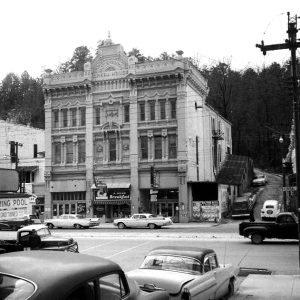 Hot Springs Opera House
Hot Springs Opera House
 Hot Springs Promotional Brochure
Hot Springs Promotional Brochure
Hot Springs Railroad Roundhouse
Hot Springs Village Voice
 Hotel Frederica, 2017
Hotel Frederica, 2017
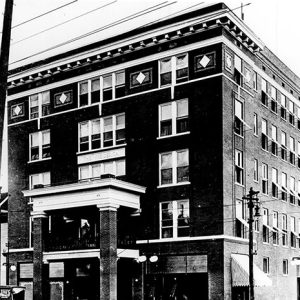 Hotel Frederica
Hotel Frederica
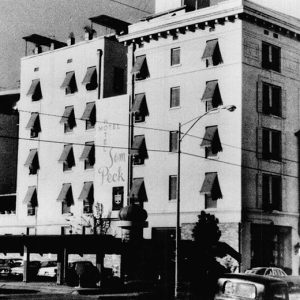 Hotel Sam Peck
Hotel Sam Peck
Hotel Frederica
aka: Hotel Freiderica
aka: Hotel Sam Peck
aka: Legacy Hotel
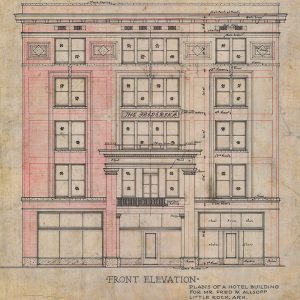 Hotel Freiderica
Hotel Freiderica
Hotze House
House at 712 North Mill Street
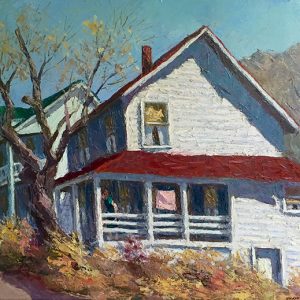 House on Bridge Street
House on Bridge Street
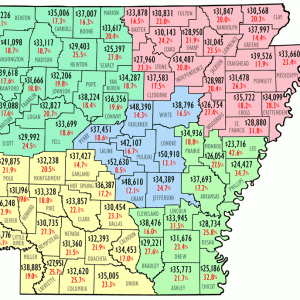 Household Income/Poverty Level Map
Household Income/Poverty Level Map
 How Come Christmas
How Come Christmas
Howard County Courthouse
 Howard County Map
Howard County Map
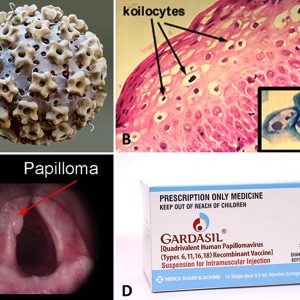 HPV
HPV
 HS Lesbos
HS Lesbos




